Bipolar disorder is a mood condition characterized by shifts between depressive and manic states, but its presentation varies depending on the type. Understanding the distinctions between the types is key to accurate diagnosis and effective treatment. Recognizing the unique symptom patterns of each type helps guide timely and appropriate clinical care. Here are the types of bipolar disorders:
Bipolar I Disorder
Bipolar I disorder is a severe form of bipolar disorder. People with this condition experience at least one full manic episode that lasts seven days or requires hospitalization. These manic episodes involve extremely elevated mood, increased energy, and decreased need for sleep.
During manic episodes, individuals may display poor judgment, engage in risky behaviors, or experience racing thoughts. The high energy levels lead to excessive talking, inflated self-esteem, and difficulty concentrating. Following these intense highs, most people experience major depressive episodes lasting at least two weeks.
The depressive episodes bring feelings of sadness, hopelessness, and loss of interest in activities. Sleep patterns change dramatically, appetite decreases or increases, and thoughts of death may occur. These extreme mood shifts make Bipolar I disorder particularly challenging to manage without professional treatment.
Bipolar II Disorder
Bipolar II disorder involves a pattern of depressive episodes and hypomanic episodes. Hypomania presents as a milder form of mania that lasts at least four consecutive days. While less severe than full mania, hypomanic episodes still cause noticeable changes in behavior and functioning.
People experiencing hypomania feel unusually energetic, productive, and confident. They may sleep less but feel rested, talk more than usual, and take on multiple projects simultaneously. The depressive episodes in Bipolar II disorder often prove more frequent and longer-lasting than the hypomanic periods. These low periods cause significant distress and impairment in daily activities.
Cyclothymic Disorder
Cyclothymic disorder involves chronic mood fluctuations between hypomanic and depressive symptoms for at least two years in adults. The symptoms remain less severe than those seen in Bipolar I or II disorder, but create ongoing challenges in daily life. Periods of hypomanic symptoms alternate with periods of depressive symptoms without meeting full criteria for major episodes. The mood changes occur frequently, with stable periods lasting no more than two months at a time.
People with cyclothymic disorder often struggle with unpredictable mood changes that affect relationships and work performance. While the symptoms appear milder, the chronic nature of this condition requires ongoing management and support. Without treatment, cyclothymic disorder may progress to Bipolar I or II disorder.
Other Specified and Unspecified Bipolar and Related Disorders
Mental health professionals recognize more categories within the bipolar spectrum disorder. Other Specific Bipolar and Related Disorder applies when symptoms cause significant distress but do not meet full criteria for the main types. These cases may involve shorter duration episodes or different patterns of symptoms.
Unspecified Bipolar and Related Disorder describes situations where insufficient information exists to make a specific diagnosis. This category helps clinicians provide appropriate treatment while gathering more information about symptom patterns. Both categories acknowledge that manic depression presents differently across individuals.
Schedule a Bipolar Disorder Evaluation Today
Recognizing the different types of bipolar disorder helps individuals understand their symptoms and seek appropriate help. Each type within the bipolar spectrum disorder requires specialized treatment approaches based on specific symptom patterns. If you notice mood swings, energy changes, or other symptoms affecting your daily life, contact a qualified psychiatrist to schedule a bipolar disorder evaluation.





